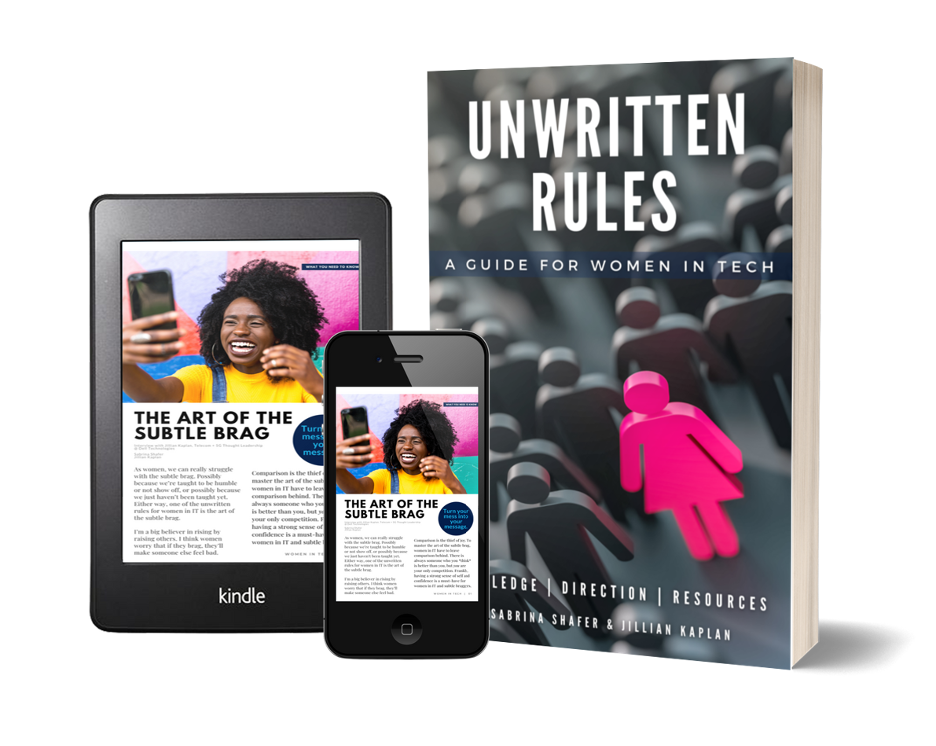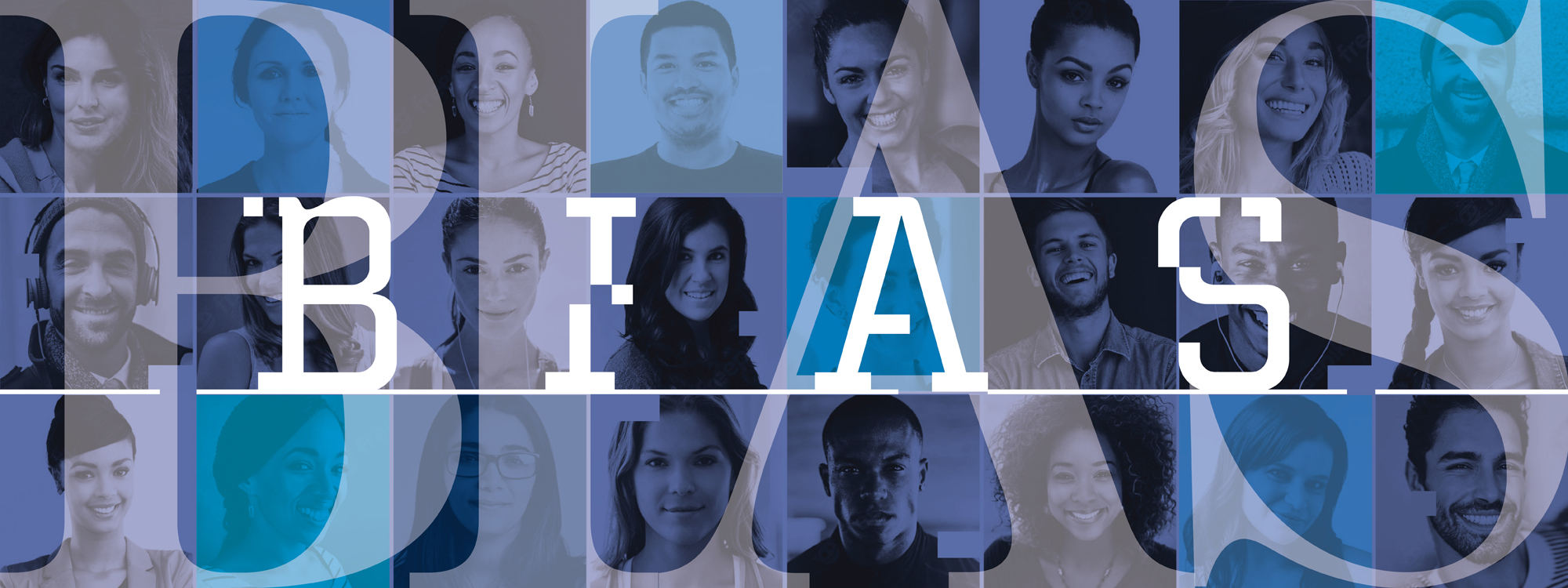Interviewing job candidates. Did you smile or cringe when you read that? We’ve all been there. Either as the interviewer trying to find the “best fit” for the team, or the interviewee trying to determine if the organization checks the “things I want in a new job” requirements. Either side you’re on, you’re likely making an emotionally driven decision with limited information. It’s in these types of decisions we can most unknowingly be influenced by our unconscious biases.
As much as we’d like it to be, hiring is not an exact science. We lean towards making choices based on what feels familiar, comfortable, or “right.” And, according to research, managers who hired based on this “gut feeling” were more likely hiring based on unconscious bias.
Unconscious biases, or implicit biases, are attitudes that are held nonconscious and affect the way we feel and think about others around us. An unconscious bias doesn’t have to be a well-formed thought, yet it can still influence our emotions and actions.
So, how could we be making decisions led by our unconscious bias?
- When we make assumptions about a candidate based on their background – (i.e., where they live or went to school).
- When we unknowingly prefer or disqualify a candidate based on their name – (i.e., easy vs. difficult to say/spell name or male vs. female names).
- If we prefer OR disqualify a candidate based on an initial, single characteristic – (i.e., height, weight, hair color, loud voice, weak handshake).
So, how can an organization reduce unconscious biases and improve diversity, equity, and inclusion (DEI) in their hiring practices?
Hiring practices that reduce bias:
- Implement use of standardized, skills-based interview questions, thereby providing each candidate a fair chance to stand out.
- Omit candidate’s personal information, prior to internal resume reviews (name, email, address, phone number).
- Compare every aspect of a candidate and don’t make a decision based on a single piece of information.
By enabling a hiring team’s understanding of unconscious bias, we empower that team to create processes and tools that drive towards a more diverse and inclusive workplace.
(Unconscious Bias: What It Is and How To Avoid It (With Examples) | Built In)

Powerful Resources for DEI in Technology
To help your journey, we’ve truncated the absolute must-know information for DEI in tech. Whether that means you’re re-entering the workplace, just entering, or anywhere between – we’ve thought of the top resources and info for you.

Powerful Resources for DEI in Technology
To help your journey, we’ve truncated the absolute must-know information for DEI in tech. Whether that means you’re re-entering the workplace, just entering, or anywhere between – we’ve thought of the top resources and info for you.

